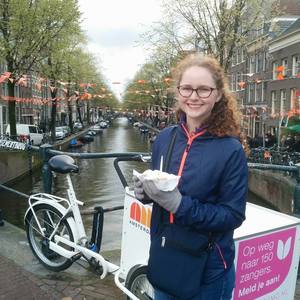Everyone has heard of fair trade products. The concept seems straight forward: show your support for farmers in developing countries by buying products that guarantee they have been treated fairly.
Many of us are willing to put forward the extra money because we believe we’re contributing to a good cause, but have you ever asked yourself how much you know about fair trade? How does it work? Is it effective? Where does that extra money go?
Here are seven things you need to know in order to help you become a fair trade expert.
1. Fairtrade vs. Fair Trade
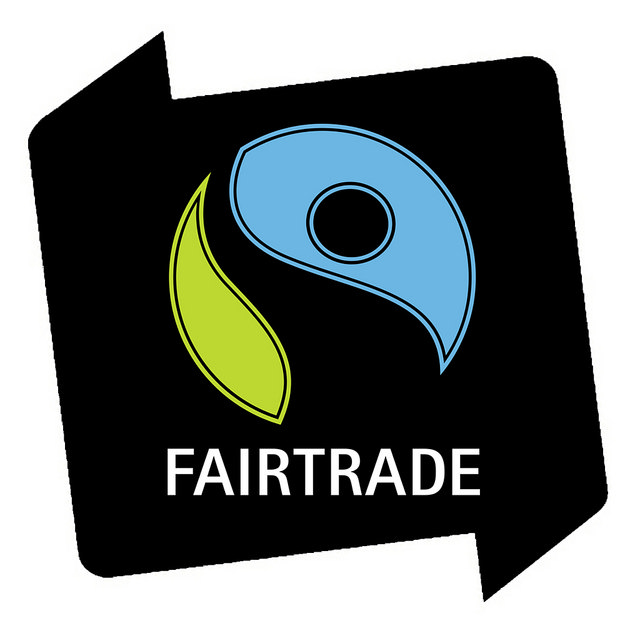
Photo courtesy of @FotoBIB on flickr.com
Believe it or not, these are two different things. Fair trade is the term for the concept that a relationship between the farmer and the world market is based on fairness. Fairtrade, on the other hand, is used to describe the certification given by the non-profit association Fairtrade International. This distinction is important to keep in mind when researching your products.
2. Fair Trade USA and Fairtrade International
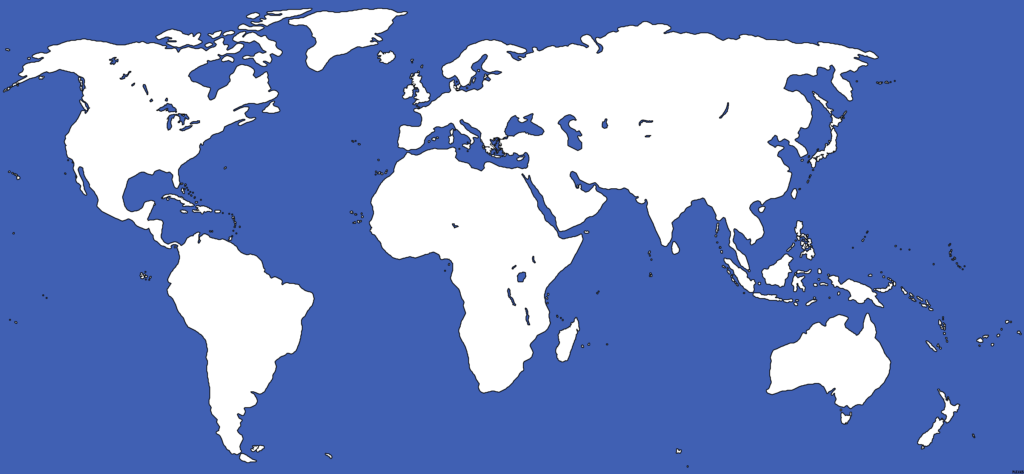
Photo courtesy of civfanatics.net
At the end of 2011, Fair Trade USA parted ways with Fairtrade International due to regulation conflicts. There are two major differences between the now separate organizations.
First, Fair Trade USA allows a minimum of 10% fair trade ingredients to certify a product, whereas Fairtrade International requires 20%. Additionally, Fair Trade USA certifies large coffee plantations, while its parent organization does not. This has lead economists to accuse Fair Trade USA of seeking greater profits by promoting products it previously could not.
3. Why does fair trade cost more?
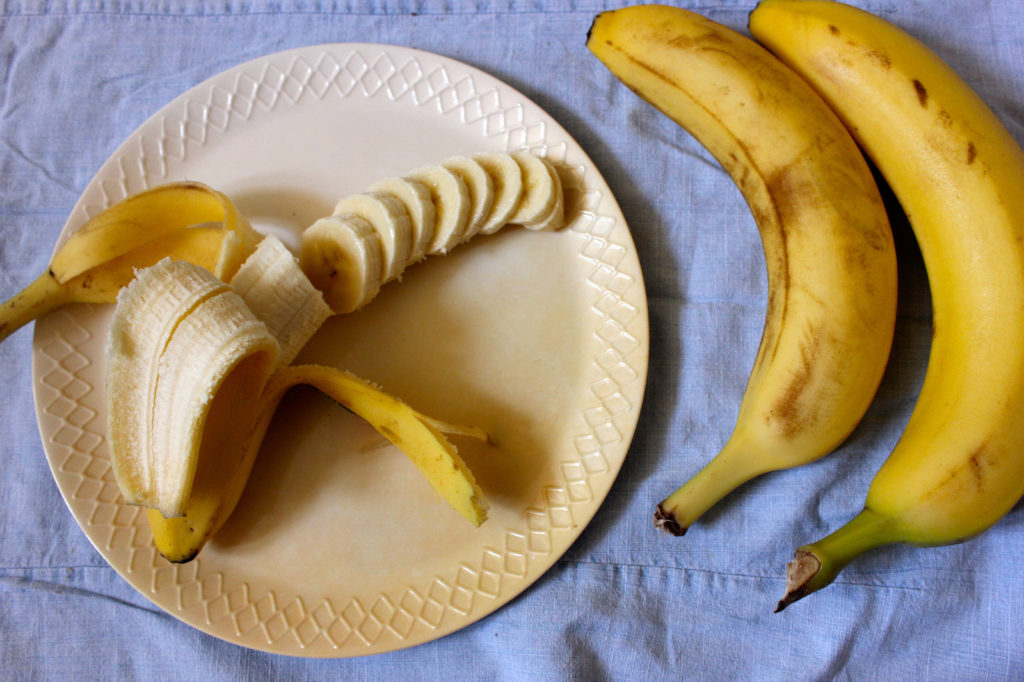
Photo by Katherine Carroll
Each Fairtrade certified product is sold at a minimum price with an added Fairtrade premium. This additional fee goes back to the producer to use for improving workplace and community conditions.
The premium fee changes from product to product, as well as from country to country. For example, 18.4 kg of conventional fresh bananas from Cameroon are priced at a minimum of about $9.25 USD with a $0.79 premium while the same type of bananas from Colombia are priced at $10.35 USD with a $1.00 premium.
A full chart of minimum prices and premiums can be found here.
4. Certify your school
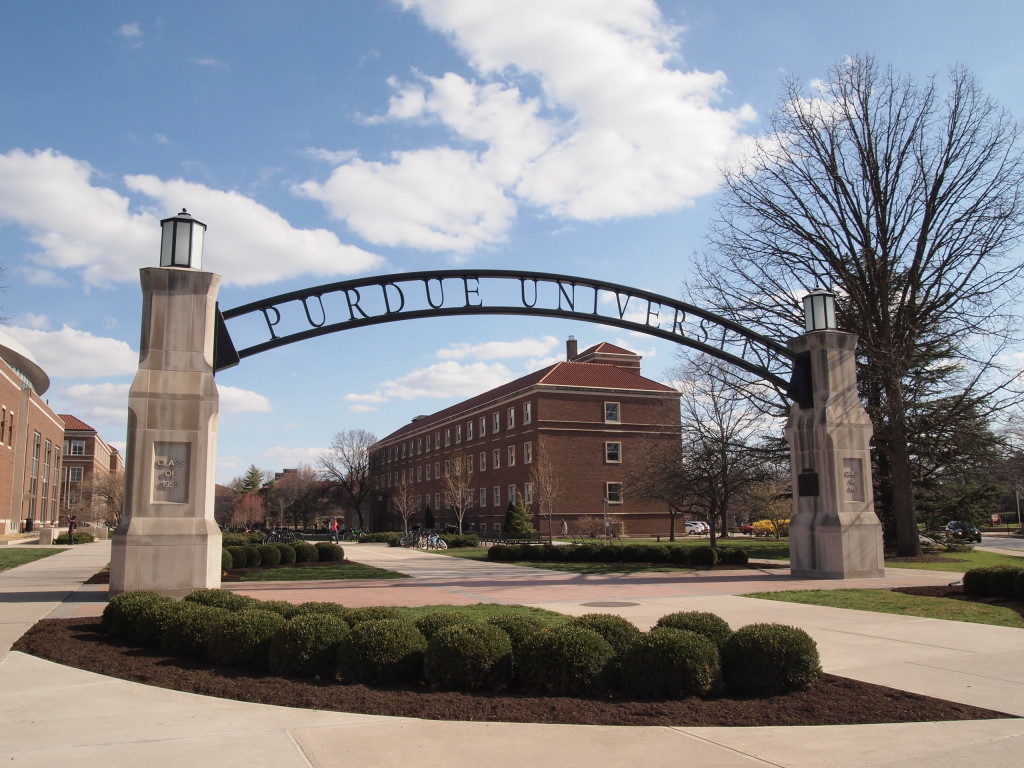
Photo by Shelia Han
If university campuses offer enough fair trade products, they can be designated a fair trade certified campus. Canada currently has 16 fair trade certified universities and colleges, including Spoon chapters McGill University and University of Guelph.
5. More than food
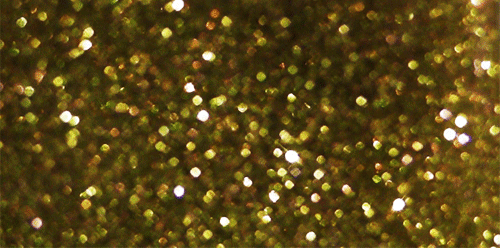
GIF courtesy of giphy.com
Fairtrade International has also begun to certify producers outside of agriculture that are at risk of exploitation. Recently, gold companies have been added to the products Fairtrade certifies in an effort to help create safer mining conditions.
6. Fairtrade does help the poor, but not always the poorest
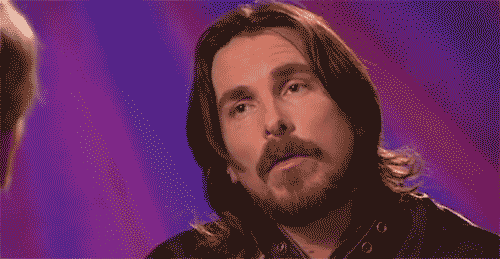
GIF courtesy of giphy.com
Some critics of Fairtrade say that there is not enough focus on the poorest countries when it comes to certification. For example, in a report distributed by Fairtrade International, Brazil and Mexico were shown to have a great number of certified coffee producers in comparison to the poorer countries of Ethiopia and Tanzania.
Does that mean buying Fairtrade is wrong? No. Look – poverty is complicated. If ending inequality were as easy as ordering a coffee, my caffeine addiction alone could solve world hunger. However, if there is a change you want to see in the system to make it better, make sure your voice is heard.
7. The first fair trade label was named after a fictional character
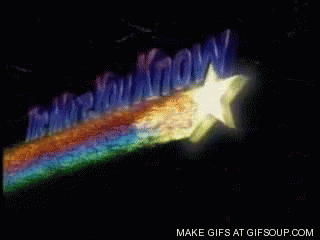
GIF courtesy of giphy.com
You deserve a fun fact after all that economics. In 1988, the Dutch company Max Havelaar became the first brand to promote fair trade products.
The company was named after the main character of the book Max Havelaar: Or the Coffee Auctions of the Dutch Trading Company, a novel that is regarded as being a turning point for Dutch colonialism in Indonesia. Appropriately enough, the first product to be certified by this label was coffee.


